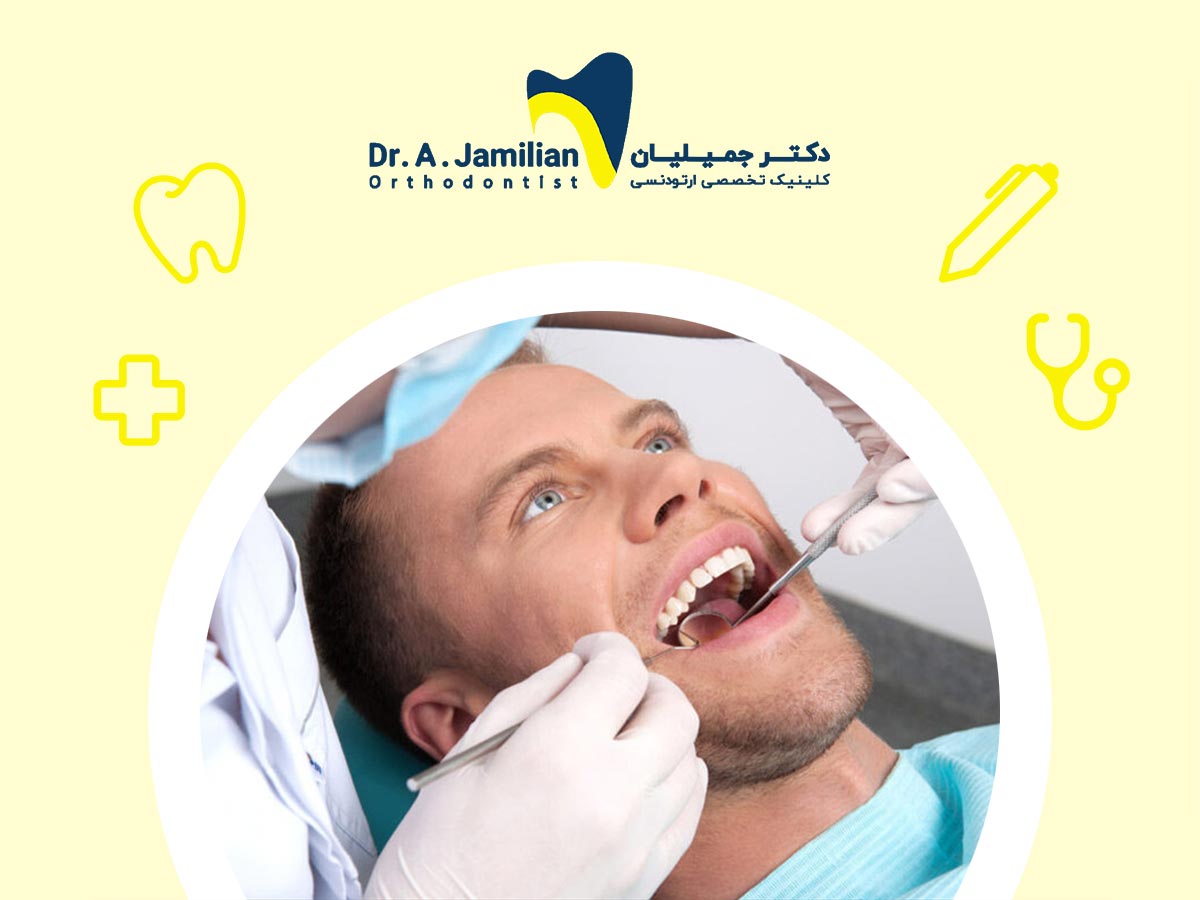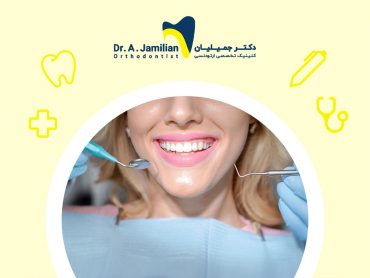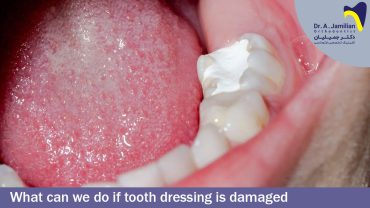It’s possible that you have been told that you need a dental inlay or onlay. Many people don’t know what those are, and in this article you’ll find out! This article will show how to control and treat each sort of tooth decay. On top of this, you can find useful information about materials used for inlays and onlays including both their advantages and disadvantages in this article.
Both, inlays and onlays are types of prosthetic dental treatments helping to control the tooth structure. treatments such as these, are only used when normal filling procedures do not work. At the same time, it is less than that a dental veneer with a full crown is necessary. These treatments often are employed for the posterior teeth to prevent progression of tooth decay. When the decay’s extent is high, it is better to consider inlay prosthesis instead of normal filling procedure. Inlays are placed at the central part of a tooth and don’t include the tooth ridges. Onlay is similar to inlay, except the fact that it covers more area of a singular tooth.
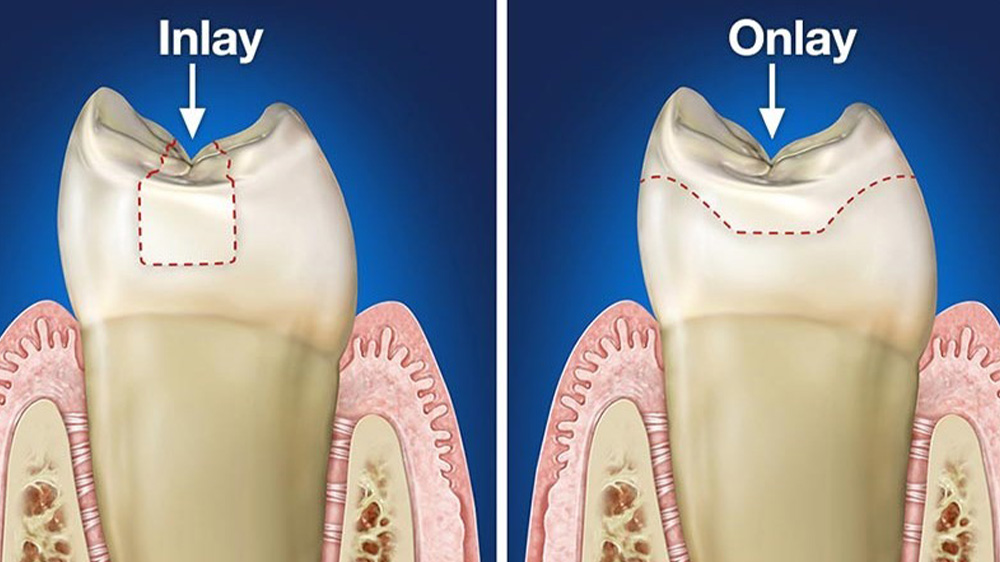
Dental Inlays And Its Applications
It all begins when a prosthesis expert begins to create a tiny prosthetic piece that is exactly custom-fit to your tooth form. This is even done, when the central parts of your tooth are decayed and eroded. The prosthetic piece is the dental inlay which replaces the damaged parts of your teeth. In fact, initially a specialist dentist examines your mouth and teeth and after setting the extent of decay, they shave and clean the decayed parts of your teeth. Right after, they make the prosthetic piece. The piece created for the tooth form remains fixed and maintains its normal form.
Depending on your dentist’s diagnosis and your teeth condition, the inlay piece may be made out of gold or porcelain. Also, the inlay molding will be so that it can be placed inside the teeth grooves; in other words, they should not cover the whole tooth. Dentists refer to dental inlays as effective and fundamental. Whilst, invisible repair treatment which may prevent more damages against teeth.
Dental Onlays And Its Applications
Similar to Inlays, onlays are protective covers of the teeth, which are made exactly fitting your teeth form and status and prevent further tooth decay. Again similar to inlays, onlays have a completely normal form and appearance and other people never will find out about them when they see you. However, if we cast a closer look at onlays, we will see that they somehow are larger than inlays and cover a larger area. Nevertheless, they are considerably smaller than the crowns.

Dentists start to use onlays when there is a bigger cavity in contrast to the one which would be filled with inlays. Then, they can conclude that onlays are employed to treat damages and decays across a larger surface. They also decide that if your tooth is damaged by the center and its corners, there would be no best way to treat them with dental onlay.
Materials Used For Dental Inlays And Onlays
Depending on your oral and dental condition, dentists create dental inlays and onlays out of various materials. All of which will be explained later in this article.
1- Using Gold to Make Inlays and Onlays
One of the best metals whose properties have been used by dentistry science to improve the patients’ teeth condition is gold. It enjoys a very considerable durability and its physical and chemical behaviors are very close to the tooth’s. For these reasons, in order to strengthen the teeth with cavities and decay, they are repaired with gold. However, it’s worthy to note that repairing with gold would result in a different color. Because of its different color, it is used less commonly.
Today, specialists recommend their patients to use gold for onlaying the teeth at the posterior jaw experiencing more pressures. This is due since they cannot be seen easily. Gold dental onlays enjoys extraordinary strength and durability. A downside of it is that they are relatively expensive, and that their color is different to the original teeth.
2- Using Porcelain to Make Inlays and Onlays
Another very common, and prevalent substance used for repairing teeth damaged by decay is porcelain. Porcelain and its byproducts can be used simultaneously for both dental inlays and onlays. Among their advantages, it can be mentioned that they are the same color as the teeth and that they are unrecognizable in appearance. Likewise, their physical and chemical behaviors are similar to tooth behavior, and that they have an acceptable performance inside the mouth. Porcelain and ceramic behave against pressure and fracture; however, when it comes to strength and resistance, they are not a patch on gold.
In contrast to the common substances traditionally used to fill the teeth, porcelain is very modern and defendable. However, patient’s need to know that there is still the risk of its fracture. Commonly after placing dental porcelain inlays and onlays into your teeth, the dentist will explain how you need to maintain them and what things you need to avoid, so by following such instructions you can take advantage of ceramic inlays and onlays for many years.
3- Using Resin Composites to Make Inlays and Onlays
Another substance used to fill cavities caused by tooth decay is resin composite. However, this substance is ranked third after gold and porcelain in terms of strength and resistance. Nevertheless, this substance can still be used for making onlays. Likewise, dentists use resin composite when they refill a cavity which had been filled already, or when they extract materials from a cavity and intend to refill a tooth.
In contrast to the traditional substances that were common in past years are stronger and more resistant. However, you need to treat them with more caution. Patient’s should remember that such inlays and onlays will be the same color as your teeth and will be merged with them. The disadvantage of resin composite inlays is that they are susceptible against smears!
Stages of Repairing a Tooth with Inlays and Onlays
So far you found information about inlays and onlays and their applications. Also read some information about the materials and substances used for making these treatment methods. With their advantages and disadvantages. In this section of the article we will explain to you the stages of repairing a tooth with such methods.
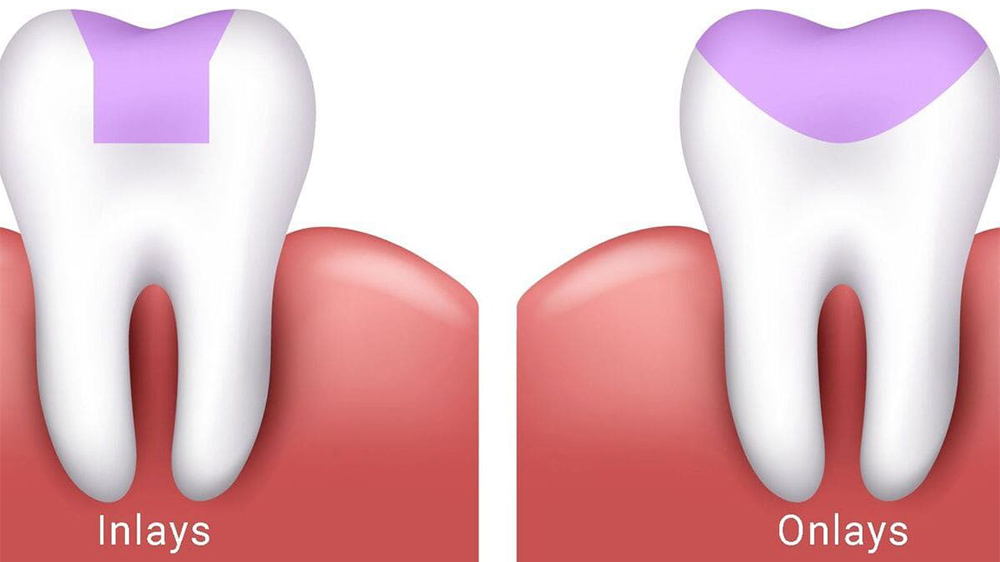
1- Preparing the placement location
When you visit a dentist to examine your tooth in terms of decay or fracture, they will analyze your tooth condition. Upon examining, it will be clear that how much of your tooth has been fractured or it has found a cavity because of decay. If the problem is due to a tooth, which had been filled already, first it must be emptied. If the cavity is due to decay, all decayed parts must be shaved. Don’t worry! because shaving is done via following standards in order to pave the way for doing inlay or onlay treatments.
2- Molding of a damaged tooth
Following the examination and preparation of the cavities, a mold is made of the space newly developed in order to make inlays or onlays accordingly. It is also the time you need to choose the main substance out of which you want to make your inlays or onlays. If you choose porcelain or ceramic, you also need to choose the shade of inlay/onlay. Of course, besides your decision, the judgment of your dentist is important, as well.
3- Using a temporary filling
You need to know that dental inlays/onlays are very precise and delicate pieces which are not prepared quickly. For this reason, before preparing them, your dentist would fill your damaged tooth to avoid decay or to protect your tooth nerves against hotness or coldness of foods and drinks. Don’t worry! Because such fillings are temporary and they can be removed very easily when your dentist starts to place the main pieces. Here your first treatment session will be over.
4- Placing the prepared inlays/onlays
When your dental inlays or onlays are prepared you will be called and invited to visit your dentist for the second treatment session. In this session, initially you are injected with a local anesthetic to not feel any potential pains during the treatment process. After that the temporary filling substances are removed from your teeth and your dental cavities are refilled with inlays/onlays. There are some sticky and harmless materials beneath the pieces which minimize the possibility of their separation from your teeth as much as possible. Finally, the inlay/onlay piece will be covered with a special coverage.
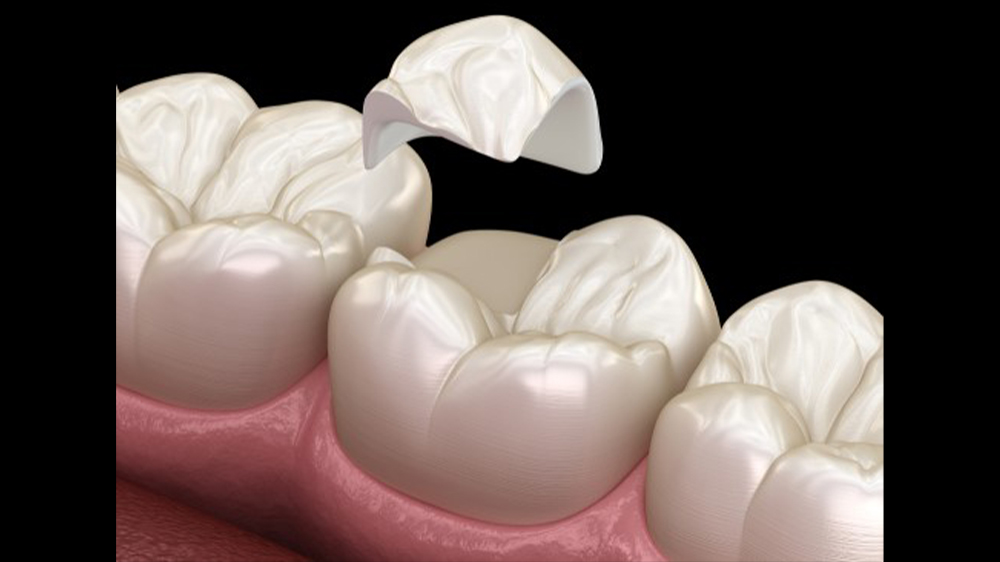
What Are Dental Inlays And Onlays FAQ
Inlay/onlay pieces are made out of very strong and durable materials, so if you follow your dentists’ instructions, they will work for you for many years. However, bruxism or special medical conditions would reduce the lifespan of dental inlays/onlays.
Following placing dental inlays/onlays, you need to control your daily dental and oral hygiene. Regular brushing and flossing two times a day as well as using mouthwash to kill bacteria are necessary.
Yes. Dentists recommend us to take less sugar food and to avoid very acidic foods after placing inlays/onlays. Very sticky foods also would be problematic for you.
No. dental inlays/onlays appearance is completely natural and non-specialist people fail to recognize them in your mouth. In fact, the appearance of your tooth will not be unnatural.
No, such materials do not stimulate any sort of allergic reaction in our bodies.
Their extraordinary coverage extent is one of the main differences between substances used to make inlays/onlays and the common materials used for filling teeth. Moreover, inlay/onlay substances enjoy a very longer lifespan in contrast to their traditional counterparts.
